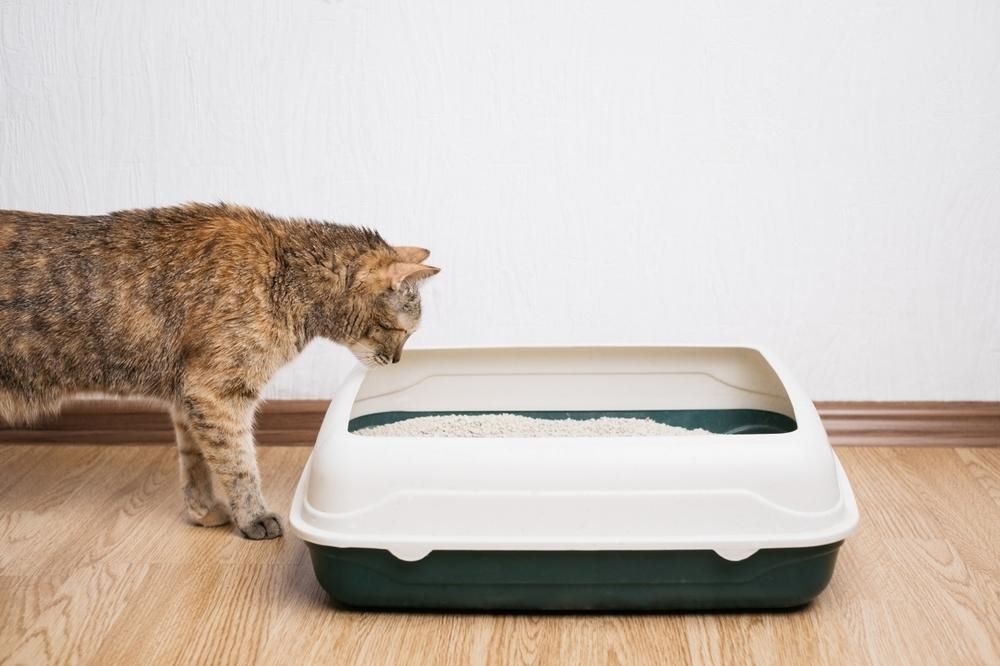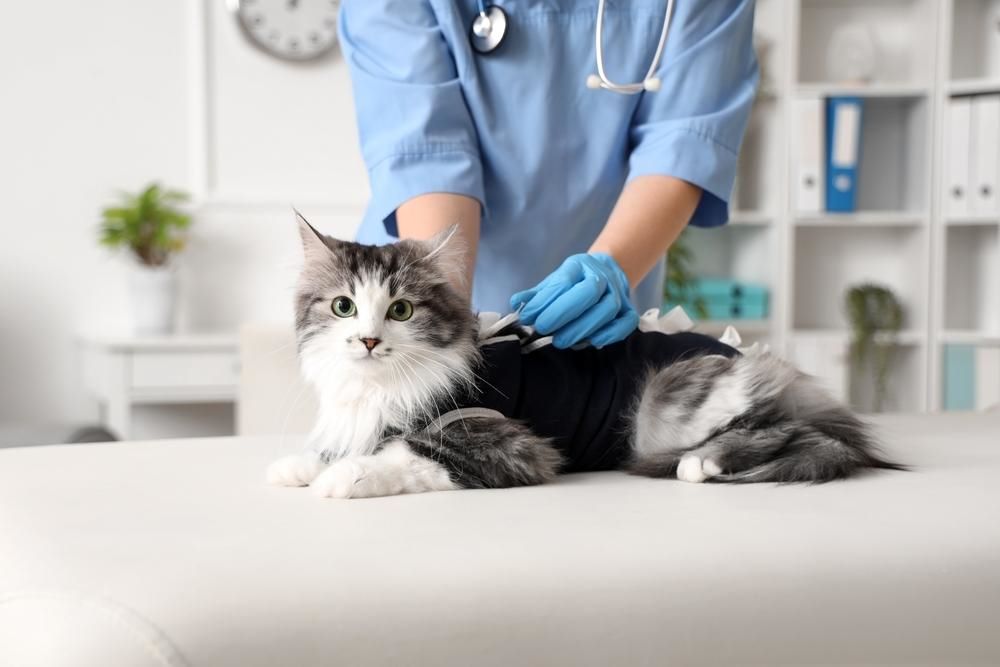

Is your cat crying while peeing or showing other signs of urinary distress? Litter box woes are common. In fact, around 10% of cats develop elimination issues at some point in their lives, with urinary issues the most typical.
Knowledge is the first step to treating and preventing these issues. And while you may be familiar with urinary tract infections (UTIs), feline lower urinary tract disease (FLUTD) may not ring a bell. Here's what you should know about the umbrella term FLUTD and where UTIs fit in.
Inappropriate Urination 101
Inappropriate urination is an important issue. Unfortunately, it's one of the most common reasons cats are returned to shelters, given away or otherwise abandoned. But if your cat starts spraying or urinating outside their box, it's not out of revenge or spite — it's often a sign something is wrong. While it could be a behavioral problem or an issue with the litter box (cats love cleanliness), always visit your veterinarian to rule out an underlying health condition first.
FLUTD and UTIs: Definitions and Causes

FLUTD
FLUTD is a broad umbrella term used to describe a group of disorders and diseases that affect a cat's lower urinary tract (bladder or urethra). It's a diagnosis of exclusion, meaning your vet will first rule out other causes, such as a UTI or bladder stones.
Due to the term's general nature, the causes of lower urinary tract disease in cats vary widely and can be difficult to identify. Causes may include:
Bladder crystals or stones
cat urinary obstruction (emergency)
Urinary tract injury
Urinary tract abnormalities
Bladder inflammation, sometimes referred to as feline idiopathic cystitis (FIC)
Environmental stressors
UTIs
Male cats have longer, narrower urethras, putting them at higher risk for urinary conditions.
UTIs
While FLUTD is a broad category of urinary diseases in cats, UTIs are a specific type of urinary tract disease within that category. Occurring in fewer than 3% of younger cats in the United States, UTIs are less common than other urinary issues in cats, such as FIC or bladder stones. In cats over 10 years old, however, UTI prevalence climbs to 40% to 45%, primarily affecting female cats.
Bacteria is the primary cause of UTIs in cats. Fungal, parasitic and viral infections account for fewer than 1% of cases.
Warning Signs of Feline Lower Urinary Tract Disease
Is your cat yowling while peeing? Hearing your cat crying in the litter box or noticing your cat growling when peeing can be unsettling. These vocalizations indicate it's time to visit your veterinarian for a diagnosis. Other signs include:
Straining to urinate
Attempting to urinate frequently
Presenting bloody urine
Excessively licking the genital area
Hiding or acting irritable
Exhibiting unusual or aggressive behavior when lifted or touched on the abdomen
Urinating outside the litter box
Since a UTI is a diagnosis under the broader category of feline lower urinary tract disease, the signs are largely the same.

Treating Feline Lower Urinary Tract Disease
If you notice your cat's meowing in the litter box or any other signs, take them to the vet as soon as possible. Calling your veterinarian at the first indication of a urinary issue can help expedite diagnosis and save your cat from a longer period of discomfort. Your vet will conduct a physical exam and collect urine samples. They may also recommend blood work, X-rays or an abdominal ultrasound, depending on your cat's history and physical exam.
Most cases of urinary tract disease require medical treatment based on the underlying cause. Bladder stones, for instance, may involve surgical removal or dissolution.
UTIs often require antibiotics. Sometimes they may be related to an underlying metabolic disease like diabetes in cats, further informing treatment.
Supporting Your Cat at Home
Regardless of the cause, you can take steps at home to decrease the chance of recurring struggles. Increasing your cat's water intake is usually helpful as it helps dilute urine, decreasing the concentration of potentially irritating substances in the bladder. To help with this, your veterinarian may recommend wet cat food. A recirculating water fountain can also help keep water fresh and cool to encourage your cat to drink more.
Helping your cat maintain a healthy weight, providing at least one litter box per cat in your household and ensuring litter boxes are properly sized and well maintained can also reduce the likelihood of recurring urinary tract disease in cats.
Preventing Urinary Problems in Your Cat
Following your vet visit, you can make other changes to your cat's life to decrease the likelihood of future urinary problems. Environmental enrichment — including spending more time with your cat, adding a perch by a window and finding toys your cat loves — helps lower stress, which remains an underlying factor in many cases of urinary tract disease in cats. Educating yourself about pet health is an important step to proper care, so you and your kitty are off to a great start!






















